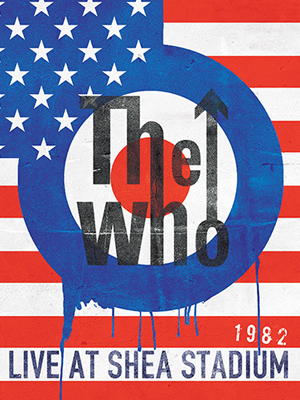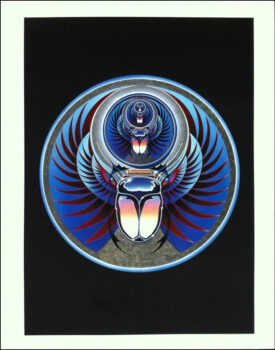Remember the H20!
As the mercury rises, we tend to find ourselves spending more time outside. July and August are typically the hottest months in Utah, making heat exhaustion a real concern. There are three levels we need to be aware of; dehydration, heat exhaustion and heat stroke.
By on July 17, 2014
As the mercury rises, we tend to find ourselves spending more time outside. July and August are typically the hottest months in Utah, making heat exhaustion a real concern. There are three levels we need to be aware of; dehydration, heat exhaustion and heat stroke.
Signs of dehydration range from feeling light headed, thirsty, sweating or a dry mouth. Sweating is a signal that we should be rehydrating. When our bodies lose water, we need to replace it.
Symptoms of heat exhaustion include general fatigue, nausea, increased body temperature, weakness and muscle cramps. These are all signs we need to get inside and rehydrate. Ignoring these signals could lead to heat stroke. When someone is non-responsive, red in the face, has stopped sweating, not walking straight or responding to questions; that’s when a trip to the emergency room is required.
When the body is dehydrated, your blood level decreases which increases the heart rate and blood pressure, putting a strain on the organs.
While preparing to head out into the heat, make sure to pack plenty of fluids. Try adding a couple tablespoons of flavor or fruit juice to water. Sometimes if our water has a little flavor, we tend to drink more. Popsicles are a great way to keep kids hydrated. Packing salty snacks will also make kids a little thirsty in the Summer time.
Limit alcoholic beverages. Alcohol works as a diuretic so we become dehydrated with the more alcohol we consume. When we drink soda, we’re loading up on empty calories that don’t fill us up. Use water to quench your thirst and then other drinks as a fun, specialty drink. Wherever you find yourself recreating this summer, plan ahead and have cold beverages with you.









